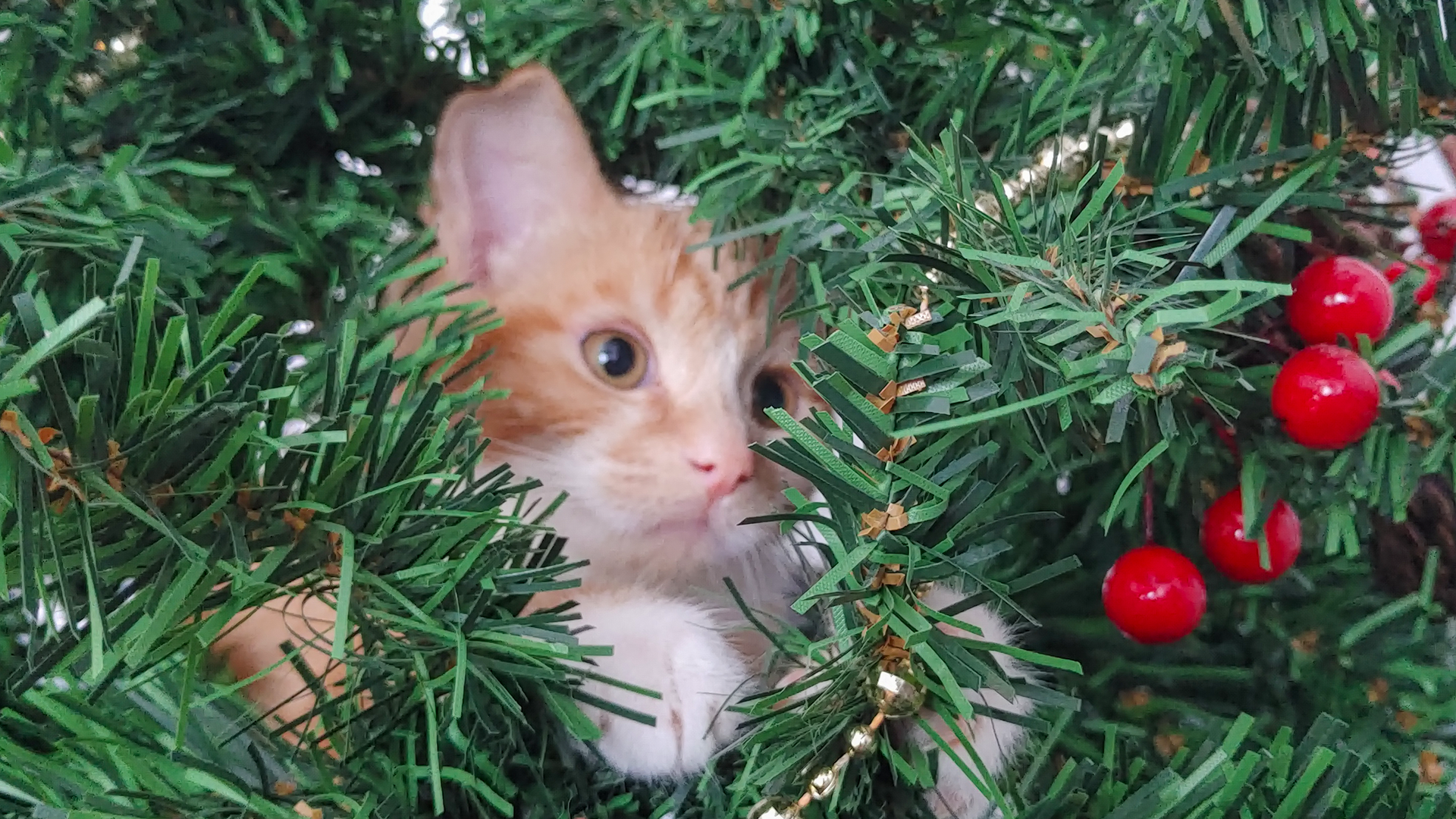Orange cats, often affectionately called ginger or marmalade cats, are universally recognized by their warm, sunny coats and distinctive tabby markings. What many people may not realize is that every orange cat is genetically a tabby. This defining trait arises from the agouti gene, which controls the distribution of pigment along individual hairs, creating the familiar striped, spotted, or marbled patterns that give each orange cat its unique appearance. Even if their markings appear faint or subtle, the genetic evidence of tabby patterning is always present.
The golden or reddish tone of an orange cat’s fur is due to a pigment called pheomelanin the same pigment responsible for red hair in humans. The intensity of this coloration can vary from pale cream to deep, rich reddish-orange, influenced by both genetics and environmental factors. Unlike other coat colors, the orange hue is linked to the X chromosome, which explains why male orange cats are far more common than females. Because males have only one X chromosome, they need just one copy of the orange gene to display the color, while females require two.
Although many cat lovers imagine a smooth, solid orange coat, a true non-tabby orange cat is nearly impossible to find. The genetic mechanism that produces orange coloring is intricately linked to the tabby pattern, making it exceptionally rarevirtually nonexistent—for an orange cat to lack those characteristic markings. Some appear solid at first glance because their stripes are pale or closely blended, but a closer look, especially in bright light, will reveal faint striping or whorled patterns typical of the tabby variety.
Stripes, Spots & Freckles
- Orange tabbies usually have four patterns: mackerel (striped), classic (swirled), ticked (peppery), and spotted.
- They may also develop cute black freckles on their lips or nose.

